Pre-Conversation Resource Guide
The Victoria Foundation, in partnership with Coast Capital, is hosting this Vital Conversation to provide an opportunity to address key findings from the 2022 Vital Signs report about growing affordability concerns in the region, particularly in the areas of housing, food and childcare.

The focus of this Vital Conversation is on exploring and surfacing local solutions to the affordability crisis. We will not be spending time on the issues and problems of affordability. Instead, we are asking “where do we as a local community have agency, control, and influence to collaborate and innovate?”
This document includes highlights from the 2022 Vital Signs program and quotes from subject matter experts to set the stage for the conversation.
HOSTED BY IN PARTNERSHIP WITH
June 22, 2023
Affordability
The cost of living in the Capital Regional District has created an affordability crisis sparking calls for action across the region. The affordability crisis is not a ‘poverty’ issue, it is a crisis of excessive rising costs for all, particularly around home, food, and family.
LIVING WAGE
$20.46 The hourly wage required to maintain an adequate quality of life in the capital region in 2021.
UP FROM $19.39 IN 2019 (2020 was missed due to the COVID-19 pandemic).
Greater Victoria is a close second for the highest living wage in the province, following Vancouver. Housing and childcare continue to be the two biggest costs in the living wage calculation.
VITAL SIGNS 2022 P.31
SOURCE: COMMUNITY SOCIAL PLANNING COUNCIL OF GREATER VICTORIA
HOUSEHOLD INCOME
MEDIAN AFTER-TAX HOUSEHOLD INCOME FOR ALL HOUSEHOLD TYPES IN 2020
$74,500 GREATER VICTORIA UP FROM $61,119 IN 2015

$76,000 BRITISH COLUMBIA
$73,000 CANADA
The median household income before taxes in Greater Victoria was $85,000 in 2020, on par with BC and slightly higher than Canada ($84,000).
VITAL SIGNS 2022 P.31, SOURCE: STATISTICS CANADA
We need new ways of thinking rooted in sustainability and social purpose. B Corps and social enterprise are showing the way it can be done.
– Tanya Smith, Coast Capital
BC MINIMUM WAGE
A FULL-TIME MINIMUM WAGE WORKER EARNS
$15.65/hour = $28,483/year
$1,913 above estimated national 2020 poverty line for a single person
$9,093 below estimated national 2020 poverty line for a two-person household if that worker is a single parent of one child
Note: Full-time, full-year work is 35 hours of paid work for 52 weeks. The poverty line is based on Statistics Canada’s 2020 Low Income Measure (LIM) for after-tax income in 2020 constant dollars for a one-person household ($26,570) and a two-person household ($37,576) in Canada.

VITAL SIGNS 2022 P.31
SOURCE: STATISTICS CANADA
We have an amazing non-profit and charitable sector that does a lot of things to help people find affordability and connection. We can recognize them as assets in our community. Affordability becomes an increased crisis when people do not have a social network around them. This amazing asset of organizations can help address this problem by creating networks and social connections. How can we knit these community assets/organizations together to create an affordability space in our community that’s not just organization based but network and relationship based?
– Kristi Fairholm Mader, Scale Collaborative
GENERAL MINIMUM HOURLY WAGE IN BC 2018 2019 2020 2021 2022 $12.65 $13.85 $14.60 $15.20 $15.65
Housing
In Greater Victoria, the average home price has increased 4x in the last 20 years. In Canada, housing is considered affordable if it costs less than 30% of a household’s before-tax income. The housing crisis in BC is adversely affecting quality of life, and innovation and strong local leadership is required to move the needle.
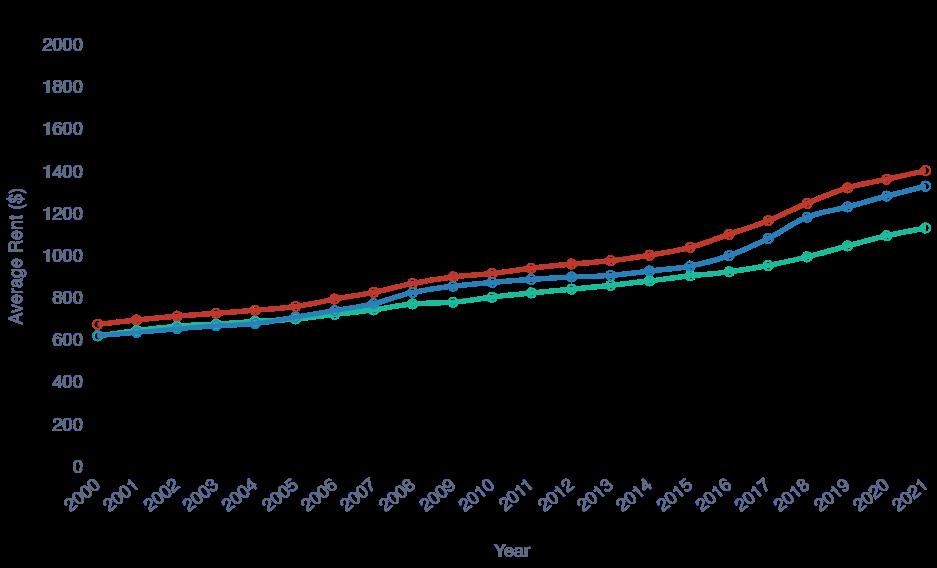
Average Rent ($)
Housing Issue Area received an Grade
Tied for top most important issue in the region with cost of living.
SINGLE-FAMILY HOME $1,250,000 UP FROM JUST OVER $1 MILLION IN 2021
TOWNHOUSES $800,000 UP FROM $730,000 IN 2021 CONDOS $598,000 UP FROM $478,000 IN 2021
Canada Victoria (CMA) British Columbia
A lot of the older rental stock has deteriorated. The units are either unsuitable or very costly to repair. In this region, for every single affordable rental unit being built, roughly five are being lost. The fix requires a few things to occur. We need to preserve and repair the affordable stock we have. Governments must provide more low interest loans and grants for nonprofits like the Greater Victoria Housing Society (GVHS). And we need to prioritize building more supply across the housing spectrum for different incomes and household types.
– Virginia Holden, Executive Director Greater Victoria Housing Society
One in five households in Victoria is actually paying more than 30% of their income on housing already. As soon as a household is paying more than 30% of their income on housing, they become a household at risk.
 – Diana Gibson, Executive Director Community Social Planning Council of Greater Victoria
– Diana Gibson, Executive Director Community Social Planning Council of Greater Victoria
F
2022 VITAL SIGNS REPORT P. 23 SOURCE: VICTORIA REAL ESTATE BOARD
VITAL VICTORIA DATA PLATFORM SOURCE(S): CANADIAN MORTGAGE AND HOUSING CORPORATION. 2021. HOUSING MARKET INFORMATION PORTAL CANADIAN MORTGAGE AND HOUSING CORPORATION. 2021. RENTAL MARKET REPORT: CANADA AND SELECT MARKETS
Food Security
A recent report from BC Centre for Disease Control says Southern Vancouver Island has the second highest food costs for healthy food in the province. Access to food that is affordable, culturally appropriate, and nutritious is critical to the health and wellbeing of British Columbians. Below are statistics from Vital Victoria and Vital Signs.
COST OF NUTRITIOUS FOOD BASKET
Defined as items that are minimally processed, require preparation, and are commonly eaten in amounts that support a nutritionally adequate and balanced diet.
$1,263
In May-June 2022, the average monthly cost of a nutritious food basket for a reference family of four in BC was $1,263.

While the cost of a nutritious food basket in 2022 cannot be compared to previous food costing data in BC, economic data show that the cost of living and the price of food are increasing, and Canada is currently experiencing historic inflation. The recent rise of the consumer price index suggests that at the time of this report’s release, the cost of a nutritious food basket is likely even higher than the figures reported here.
BCCDC Food Costing in BC 2022: Assessing the affordability of healthy eating. P.3
Food Bank Usage
IN 2021
131,000
VISITS TO FOOD BANKS
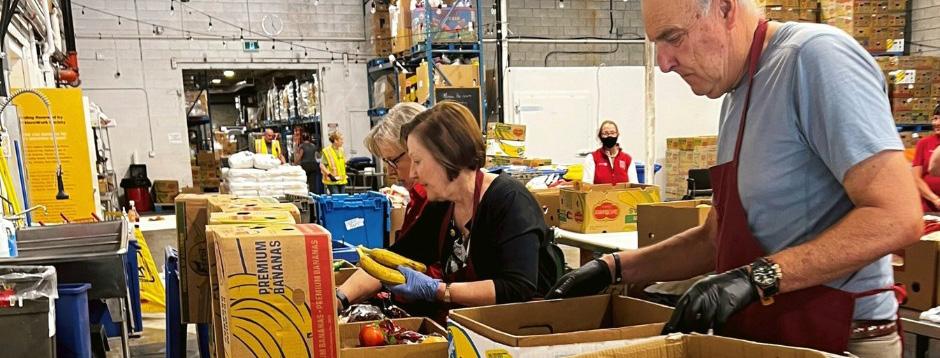
BC UP 5% FROM 2019
IN
The 2021 Food Banks Canada Hunger Report showed an increase in food bank usage across the country since 2019. Usage in urban centres was driven by pandemicrelated unemployment and disproportionately affected racialized groups. In smaller urban centres, usage increased for older individuals and those with disabilities. In 2021 food banks provided over 3 million meals across Canada and approximately 128,700 meals in BC The province experienced a 5% increase in total food bank visits between 2019 and 2021, below the national increase of 20%. In BC, there were 131,000 visits to food banks, of which 40,717 visits were children. The report included information from 126 food banks in BC
The trends that we’re seeing are an increase of need in dual-income households; households that might not have historically been in a position to calculate whether or not they were able to access their next round of groceries or what they were going to do for their meals based on the implied stability of two incomes.
Capital Region Food Share Network
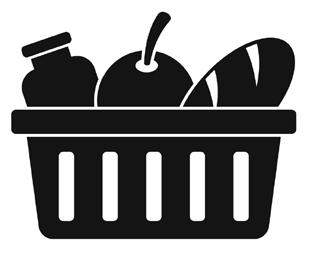
We have strong networks and collaborations around food production, recovery and redistribution. We are so far ahead in food security that communities across the province are asking for help to recreate what we do. We were ahead of the curve because of long view thinking by passionate champions building networks, collaborating, trying new operating models, and securing investment from funders and government. That said, we still need more equity-based food access solutions.
– Janelle Hatch, Capital Region Food and Agriculture Initiatives Roundtable (CRFAIR) and Victoria Community Food Hub Society (VCFHS)
VITAL SIGNS 2022 P.31, SOURCE: FOOD BANKS CANADA
Childcare
Childcare is among the top three household expenses for families in BC, alongside housing and food. While the Province’s $10 per day childcare initiative helps, there still aren’t enough spaces or staff. Affordable and accessible childcare can have a great impact on the community by increasing access to employment and reducing expenses for families.
CHILDCARE SPACES & COSTS
SOUTH VANCOUVER ISLAND 2020/21
13,703
Average monthly licensed childcare spaces funded by the Ministry of Children and Family Development, an increase of almost 4% over 2019/20 and enough for 25% of the South Island’s child population, aged 0-12 years

25%
The median monthly parent fees for licensed childcare in South Vancouver Island in 2020/21:
GROUP FACILITIES
$1,000 for infants (0-18 months)
$888 for toddlers (19-35 months)
$850 for children (3-5 years)
FAMILY FACILITIES
$800 for infants
$800 for toddlers
$850 for children
For full-day kindergarten out-of-school care, the fees were $353 (group) and $450 (family). Parent fees were lower for toddlers in group facilities and kindergarten out-of-school care in both group and family facilities compared to the BC median.

VITAL SIGNS 2021 P. 19
SOURCE: BC MINISTRY OF CHILDREN AND FAMILY DEVELOPMENT
New principles we are hearing about lately are those of ‘poly crises’ and the need for ‘multi-solves’. So, if we are solving for affordable housing, can that solution also solve food access or childcare?
– Lisa
Helps
CHILDCARE SPACES
AVERAGE MONTHLY CHILDCARE SPACES FUNDED BY THE MINISTRY OF CHILDREN AND FAMILY DEVELOPMENT
13,845
SOUTH VANCOUVER ISLAND IN 2020/21 UP 3% FROM 2019/20
Enough spaces for 25% of the South Island’s child population, aged 0-12 years.


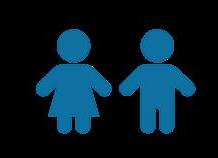


Provincially, there were approximately 126,000 licensed childcare spaces in 2020/21, up 4% from 2019/20, and enough for 20% of BC’s child population.

2022 VITAL SIGNS REPORT P. 19
SOURCE: BC MINISTRY OF CHILDREN AND FAMILY DEVELOPMENT
When (childcare) spaces are hard to come by or are not available, and you are dependent on having your children in childcare to access and keep your job to improve your situation, many individuals will have no choice but to stay with their children to ensure they are safe and taken care of. This prevents them from being available to the labour market, which further compounds the issue.
– Sylvia Ceacero, Executive Director Alliance to End Homelessness in the Capital Region
Resources
Vital Signs 2022
https://issuu.com/victoriafoundation/docs/24424_vital_signsweb
Vital Conversation at the South Island Prosperity Partnership’s Rising Economies Week
https://victoriafoundation.bc.ca/vital-conversation-how-canwe-afford-to-live-here/

Living Wage Report 2022
https://communitycouncil.ca/living-wage-report2022/#:~:text=The%20Living%20Wage%20for%20our,a%20 %243.83%20increase%20from%202021
BC Solutions – Canadian Centre for Policy Alternatives
https://policyalternatives.ca/sites/default/files/uploads/ publications/BC%20Office/2023/01/ccpa-bc-BC-SolutionsJan-2023-web.pdf
No Place for Home: CBC series
https://www.cbc.ca/news/canada/british-columbia/no-placefor-home-series-1.6764507
VISIT
Child Care Inventory and Action Plan 2020

https://www.saanich.ca/assets/ Parks~Recreation~and~Community~Services/Documents/ Community~Services/Regional%20Child%20Care%20%20 Dec%2022%202020.pdf

Why social enterprise matters
https://changecreator.com/why-social-enterprise-mattersan-examination-into-the-role-of-social-enterprise-to-solvesocial-problems/
The Capital Region Housing Data Book
https://www.crd.bc.ca/docs/default-source/regionalplanning-pdf/capital-region-housing-data-book-and-gapanalysis-2015.pdf?sfvrsn=ec9b54ca_0
Victoria Housing Strategy 2016-2025
https://www.victoria.ca/assets/Departments/ Planning~Development/Community~Planning/ Housing~Strategy/The%20Victoria%20Housing%20Strategy_ Phase%20Two_FINAL%20Web.pdf
Vital Victoria is a digital platform that tracks over 70 indicators on quality of life in Greater Victoria. Launched in 2021, the data hub continues to grow and evolve. The platform allows us to track more indicators with more years of data than we ever could in Vital Signs magazine.
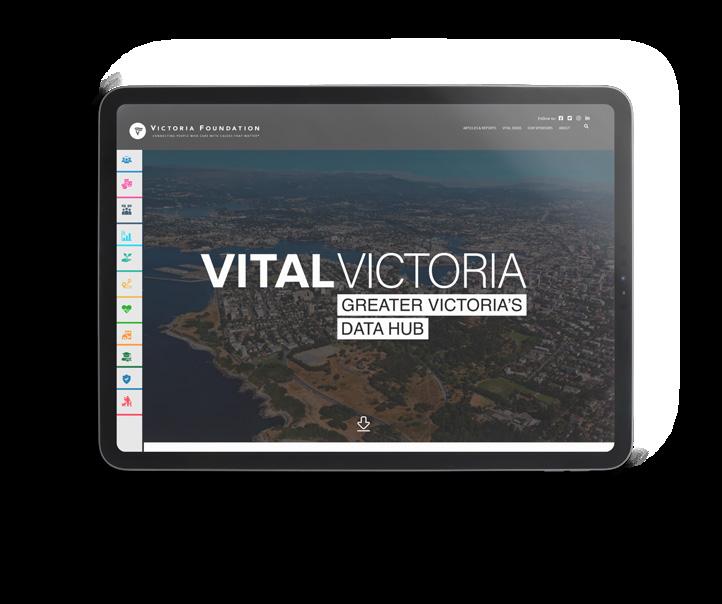
Along with historical data on many of the indicators published over the years, Vital Victoria includes definitions for the indicators, data sources, and web links. You’ll also find news and reports related to the indicators and issue areas and the Sustainable Development Goals they relate to. Visit

to explore the data
victoria-vital-signs.tracking-progress.org/about/





 – Diana Gibson, Executive Director Community Social Planning Council of Greater Victoria
– Diana Gibson, Executive Director Community Social Planning Council of Greater Victoria












